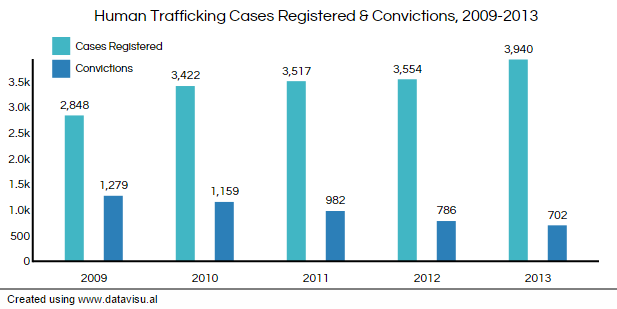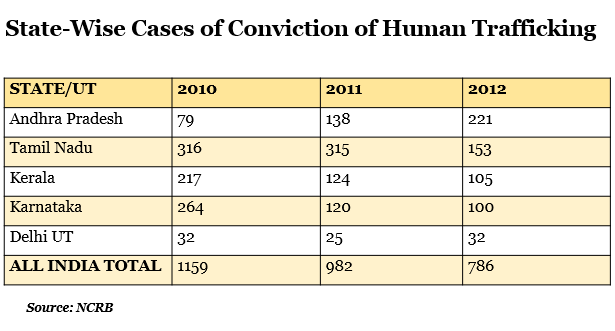Poverty's Role in Indian Prostitution
An estimated 40% of India's population lives in poverty. This means that almost 400 million people cannot meet basic survival needs like food, clothing, and shelter.
Poverty is often cited as the root of India's growing prostitution problem. In some cases, a woman may prostitute herself in order to obtain material possessions she could not otherwise afford. While fundamental needs like food, clothing, and shelter may be provided, some girls pursue dreams of greater prosperity and economic opportunity through prostitution.
Devadasi System in India (Religious Prostitution)
The term Devadasi means servants of God and perhaps originally denoted a class of women who gave themselves to a life of religious service and austerities. Its the link between religious culture and child prostituion.
The study revealed that girls from poor families are married to God Krishna and are sold after puberty at private auctions to a high caste master who initially pays a sum of money to the families ranging from Indian Rupees 500/- to 5,000/-.
Social Factors in Prostitution
Without a husband, a woman has no source of income; she also cannot wear the marriage bindi. She is an impoverished cultural outcast
Under circumstances where a girls mother and father dies and she has to fend for herself, her only option to help herself economically is turning to prostitution.



